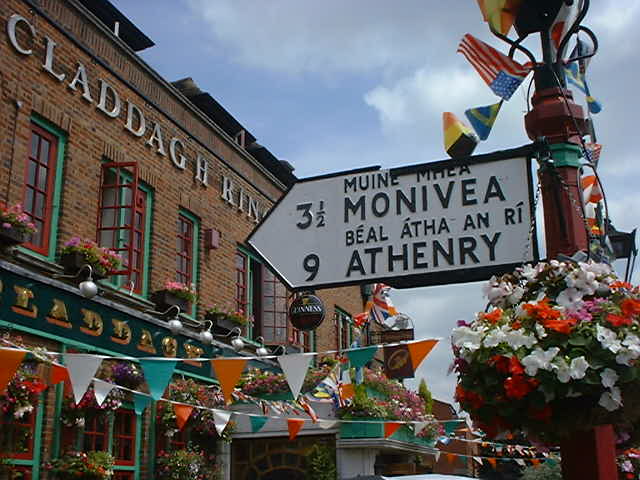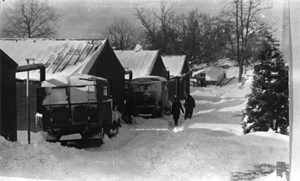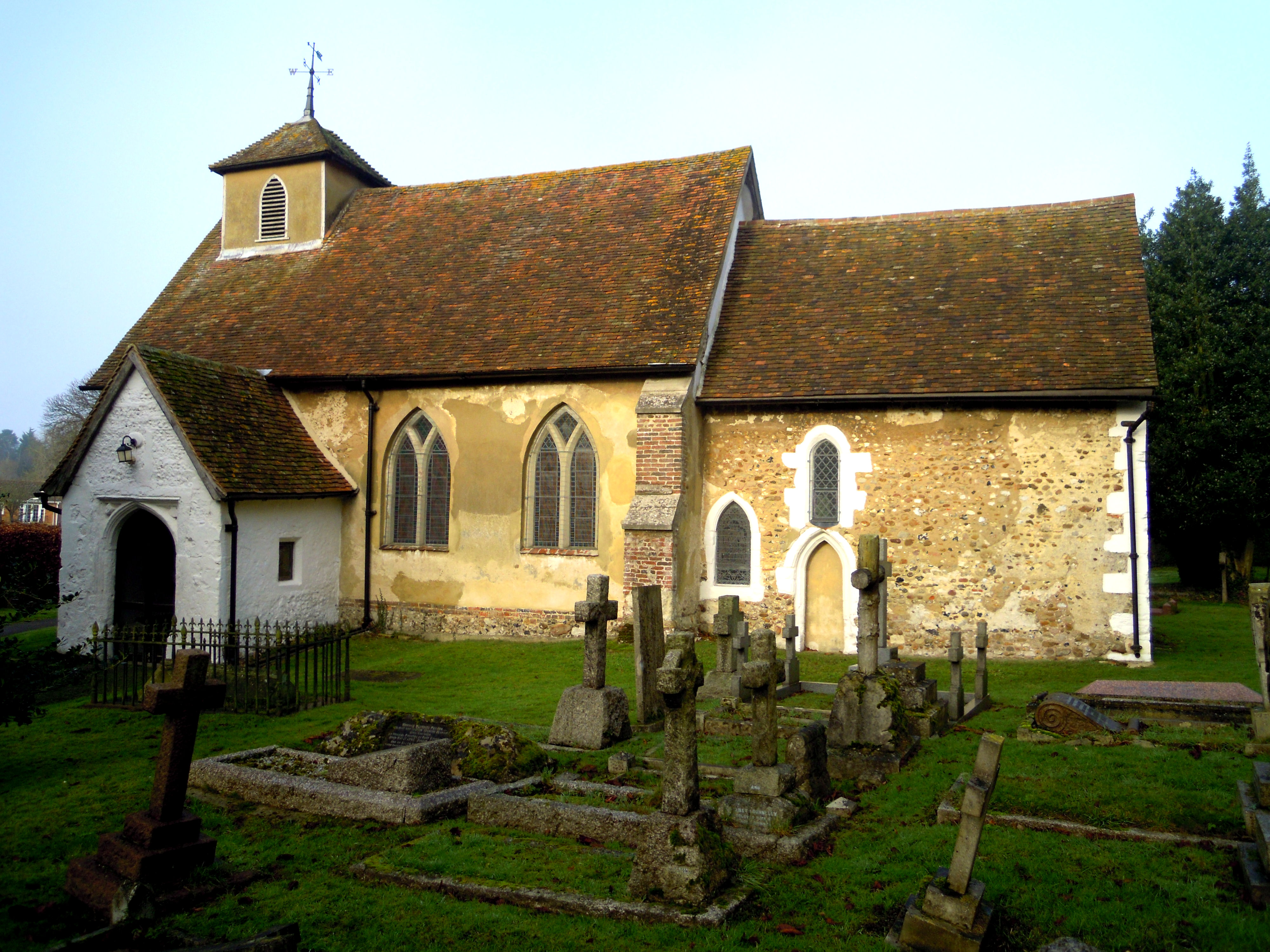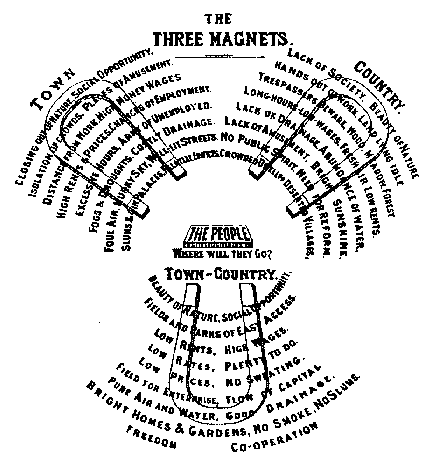|
Ministry Of Works (United Kingdom)
The Ministry of Works was a department of the UK Government formed in 1940, during the Second World War, to organise the requisitioning of property for wartime use. After the war, the ministry retained responsibility for government building projects. In 1962 it was renamed the Ministry of Public Building and Works, and acquired the extra responsibility of monitoring the building industry as well as taking over the works departments from the War Office, Air Ministry and Admiralty. The chief architect of the ministry from 1951 to 1970 was Eric Bedford. In 1970 the ministry was absorbed into the Department of the Environment (DoE), although from 1972 most former works functions were transferred to the largely autonomous Property Services Agency (PSA). Subsequent reorganisation of PSA into Property Holdings was followed by abolition in 1996 when individual government departments took on responsibility for managing their own estate portfolios. History The tradition of building specifi ... [...More Info...] [...Related Items...] OR: [Wikipedia] [Google] [Baidu] |
London 074 Dept Of Energy 3 Whitehall Place (9185416307)
London is the capital and largest city of England and the United Kingdom, with a population of just under 9 million. It stands on the River Thames in south-east England at the head of a estuary down to the North Sea, and has been a major settlement for two millennia. The City of London, its ancient core and financial centre, was founded by the Romans as ''Londinium'' and retains its medieval boundaries.See also: Independent city § National capitals The City of Westminster, to the west of the City of London, has for centuries hosted the national government and parliament. Since the 19th century, the name "London" has also referred to the metropolis around this core, historically split between the counties of Middlesex, Essex, Surrey, Kent, and Hertfordshire, which largely comprises Greater London, governed by the Greater London Authority.The Greater London Authority consists of the Mayor of London and the London Assembly. The London Mayor is distinguished from the Lord Mayo ... [...More Info...] [...Related Items...] OR: [Wikipedia] [Google] [Baidu] |
Hendon
Hendon is an urban area in the Borough of Barnet, North-West London northwest of Charing Cross. Hendon was an ancient manor and parish in the county of Middlesex and a former borough, the Municipal Borough of Hendon; it has been part of Greater London since 1965. Hendon falls almost entirely within the NW4 postcode, while the West Hendon part falls in NW9. Colindale to the north-west was once considered part of Hendon but is today separated by the M1 motorway. The district is most famous for the London Aerodrome which later became the RAF Hendon; from 1972 the site of the RAF station was gradually handed over to the RAF Museum. The railways reached Hendon in 1868 with Hendon station on the Midland Main Line, followed by the London Underground further east under the name Hendon Central in 1923. Brent Street emerged as its commercial centre by the 1890s. A social polarity was developed between the uphill areas of Hendon and the lowlands around the railway station. Hendon is l ... [...More Info...] [...Related Items...] OR: [Wikipedia] [Google] [Baidu] |
Telecommunications Research Establishment
The Telecommunications Research Establishment (TRE) was the main United Kingdom research and development organization for radio navigation, radar, infra-red detection for heat seeking missiles, and related work for the Royal Air Force (RAF) during World War II and the years that followed. It was regarded as "the most brilliant and successful of the English wartime research establishments" under "Rowe, who saw more of the English scientific choices between 1935 and 1945 than any single man." The name was changed to Radar Research Establishment in 1953, and again to the Royal Radar Establishment in 1957. This article covers the precursor organizations and the Telecommunications Research Establishment up to the time of the name change. The later work at the site is described in the separate article about RRE. History TRE is best known for work on defensive and offensive radar. TRE also made substantial contributions to radio-navigation and to jamming enemy radio-navigation. Rad ... [...More Info...] [...Related Items...] OR: [Wikipedia] [Google] [Baidu] |
Malvern, Worcestershire
Malvern is a spa town and civil parish in Worcestershire, England. It lies at the foot of the Malvern Hills, a designated Area of Outstanding Natural Beauty. The centre of Malvern, Great Malvern, is a historic conservation area, which grew dramatically in Victorian times due to the natural mineral water springs in the vicinity, including Malvern Water. At the 2011 census it had a population of 29,626. It includes Great Malvern on the steep eastern flank of the Malvern Hills, as well as the former independent urban district of Malvern Link. Many of the major suburbs and settlements that comprise the town are separated by large tracts of open common land and fields, and together with smaller civil parishes adjoining the town's boundaries and the hills, the built up area is often referred to collectively as The Malverns. Archaeological evidence suggests that Bronze Age people had settled in the area around 1000 BC, although it is not known whether these settlements were permane ... [...More Info...] [...Related Items...] OR: [Wikipedia] [Google] [Baidu] |
Welwyn Garden City
Welwyn Garden City ( ) is a town in Hertfordshire, England, north of London. It was the second garden city in England (founded 1920) and one of the first new towns (designated 1948). It is unique in being both a garden city and a new town and exemplifies the physical, social and cultural planning ideals of the periods in which it was built. History Welwyn Garden City was founded by Sir Ebenezer Howard in 1920 following his previous experiment in Letchworth Garden City. Howard had called for the creation of planned towns that were to combine the benefits of the city and the countryside and to avoid the disadvantages of both. It was designed to be 'The Perfect Town'. The Garden Cities and Town Planning Association had defined a garden city as "a town designed for healthy living and industry of a size that makes possible a full measure of social life but not larger, surrounded by a rural belt; the whole of the land being in public ownership, or held in trust for the community ... [...More Info...] [...Related Items...] OR: [Wikipedia] [Google] [Baidu] |
Port Sunlight
Port Sunlight is a model village and suburb in the Metropolitan Borough of Wirral, Merseyside. It is located between Lower Bebington and New Ferry, on the Wirral Peninsula. Port Sunlight was built by Lever Brothers to accommodate workers in its soap factory (now part of Unilever); work commenced in 1888. The name is derived from Lever Brothers' most popular brand of cleaning agent, Sunlight. Port Sunlight contains 900 Grade II listed buildings, and was declared a conservation area in 1978. Port Sunlight has been informally suggested for World Heritage Site (WHS) status to protect it from development and to preserve the unique character for future generations; however, it is not yet on the current UK "tentative list" for future consideration as a WHS. In the 2001 Census, its population was 1,450. History In 1887, Lever Brothers began looking for a new site on which to expand its soap-making business, which was at that time based in Warrington. The company bought of flat unus ... [...More Info...] [...Related Items...] OR: [Wikipedia] [Google] [Baidu] |
Saltaire
Saltaire is a Victorian era, Victorian model village in Shipley, West Yorkshire, Shipley, part of the City of Bradford Metropolitan District, in West Yorkshire, England. The Victorian era Salt's Mill and associated residential district located by the River Aire and Leeds and Liverpool Canal is a designated UNESCO World Heritage Site and an Anchor Point of the European Route of Industrial Heritage. History Saltaire was built in 1851 by Titus Salt, Sir Titus Salt, a leading industrialist in the Yorkshire woollen industry. The name of the village is a combination of the founder's surname and the name of the river. Salt moved his business (five separate mills) from Bradford to this site near Shipley, West Yorkshire, Shipley to arrange his workers and to site his large textile mill by the Leeds and Liverpool Canal and the railway. Salt employed the local architects Henry Francis Lockwood, Francis Lockwood and William Mawson. Similar, but considerably smaller, projects had also b ... [...More Info...] [...Related Items...] OR: [Wikipedia] [Google] [Baidu] |
Letchworth
Letchworth Garden City, commonly known as Letchworth, is a town in the North Hertfordshire district of Hertfordshire, England. It is noted for being the first garden city. The population at the time of the 2011 census was 33,249. Letchworth was an ancient parish, appearing in the Domesday Book of 1086. It remained a small rural village until the start of the twentieth century. The development of the modern town began in 1903, when much of the land in Letchworth and the neighbouring parishes of Willian and Norton was purchased by a company called First Garden City Limited, founded by Ebenezer Howard and his supporters with the aim of building the first "garden city", following the principles Howard had set out in his 1898 book, ''To-morrow: A Peaceful Path to Real Reform''. Their aim was to create a new type of settlement which provided jobs, services, and good housing for residents, whilst retaining the environmental quality of the countryside, in contrast to most industria ... [...More Info...] [...Related Items...] OR: [Wikipedia] [Google] [Baidu] |
Bournville
Bournville () is a model village on the southwest side of Birmingham, England, founded by the Quaker Cadbury family for employees at its Cadbury's factory, and designed to be a "garden" (or "model") village where the sale of alcohol was forbidden. Cadbury's is well known for chocolate products – including a dark chocolate bar branded '' Bournville''. Historically in northern Worcestershire, it is also a ward within the council constituency of Selly Oak and home to the Bournville Centre for Visual Arts. Bournville is known as one of the most desirable areas to live in the UK; research by the Joseph Rowntree Foundation in 2003 found that it was "one of the nicest places to live in Britain". History Originally the area that was to become Bournville consisted of a few scattered farmsteads and cottages, linked by winding country lanes, with the only visual highlight being Bournbrook Hall, which was built during the Georgian era. The bluebell glades of Stock Wood were ... [...More Info...] [...Related Items...] OR: [Wikipedia] [Google] [Baidu] |
Garden Suburb
The garden city movement was a 20th century urban planning movement promoting satellite communities surrounding the central city and separated with greenbelts. These Garden Cities would contain proportionate areas of residences, industry, and agriculture. Ebenezer Howard first posited the idea in 1898 as a way to capture the primary benefits of the countryside and the city while avoiding the disadvantages presented by both. In the early 20th century, Letchworth, Brentham Garden Suburb and Welwyn Garden City were built in or near London according to Howard's concept and many other garden cities inspired by his model have since been built all over the world. History Conception Inspired by the utopian novel ''Looking Backward'' and Henry George's work ''Progress and Poverty'', Howard published the book '': a Peaceful Path to Real Reform'' in 1898 (which was reissued in 1902 as ''Garden Cities of To-morrow''). His idealised garden city would house 32,000 people on a site of , pl ... [...More Info...] [...Related Items...] OR: [Wikipedia] [Google] [Baidu] |
Housing And Town Planning Act 1919
The Housing, Town Planning, &c. Act 1919 (c 35) was an Act of the Parliament of the United Kingdom. It was also known as the Addison Act after Minister of Health, Christopher Addison, who was Minister for Housing. The Act was passed to allow the building of new houses after the First World War, and marked the start of a long 20th-century tradition of state-owned housing in planned council estates. A separate Act was passed for Scotland. Background The 1919 Act followed on from the Town Planning Act 1909 and the 1917 Tudor Walters Committee Report into the provision of housing in the United Kingdom; the latter commissioned by Parliament with a view to postwar construction. In part, it was a response to the shocking lack of fitness amongst many recruits during World War I, which was attributed to poor living conditions. That belief summed up in a housing poster of the period that "you cannot expect to get an A1 population out of C3 homes", in reference to the period's military ... [...More Info...] [...Related Items...] OR: [Wikipedia] [Google] [Baidu] |
Tudor Walters
Sir John Tudor Walters PC (25 February 1866 – 16 July 1933) was a Welsh architect, surveyor and Liberal Party politician. He served as Paymaster-General under David Lloyd George from 1919 to 1922 and once again briefly in 1931 under Ramsay MacDonald. Political career Walters was elected as the Member of Parliament (MP) for Sheffield Brightside at the 1906 general election and was knighted in 1912. He served as Paymaster-General in the Government of David Lloyd George from 1919 to 1922 and was sworn of the Privy Council in 1919. He lost his seat at Sheffield at the 1922 general election. He tried unsuccessfully to get back into the House of Commons in 1923 at Pudsey and Otley in the West Riding of Yorkshire. He again stood for election to Parliament at the 1929 general election as Liberal candidate for the Cornish seat of Penryn and Falmouth. The seat was a marginal which had been won by the Liberals in 1923, but gained by the Conservatives in 1924, although the inc ... [...More Info...] [...Related Items...] OR: [Wikipedia] [Google] [Baidu] |
.jpg)







